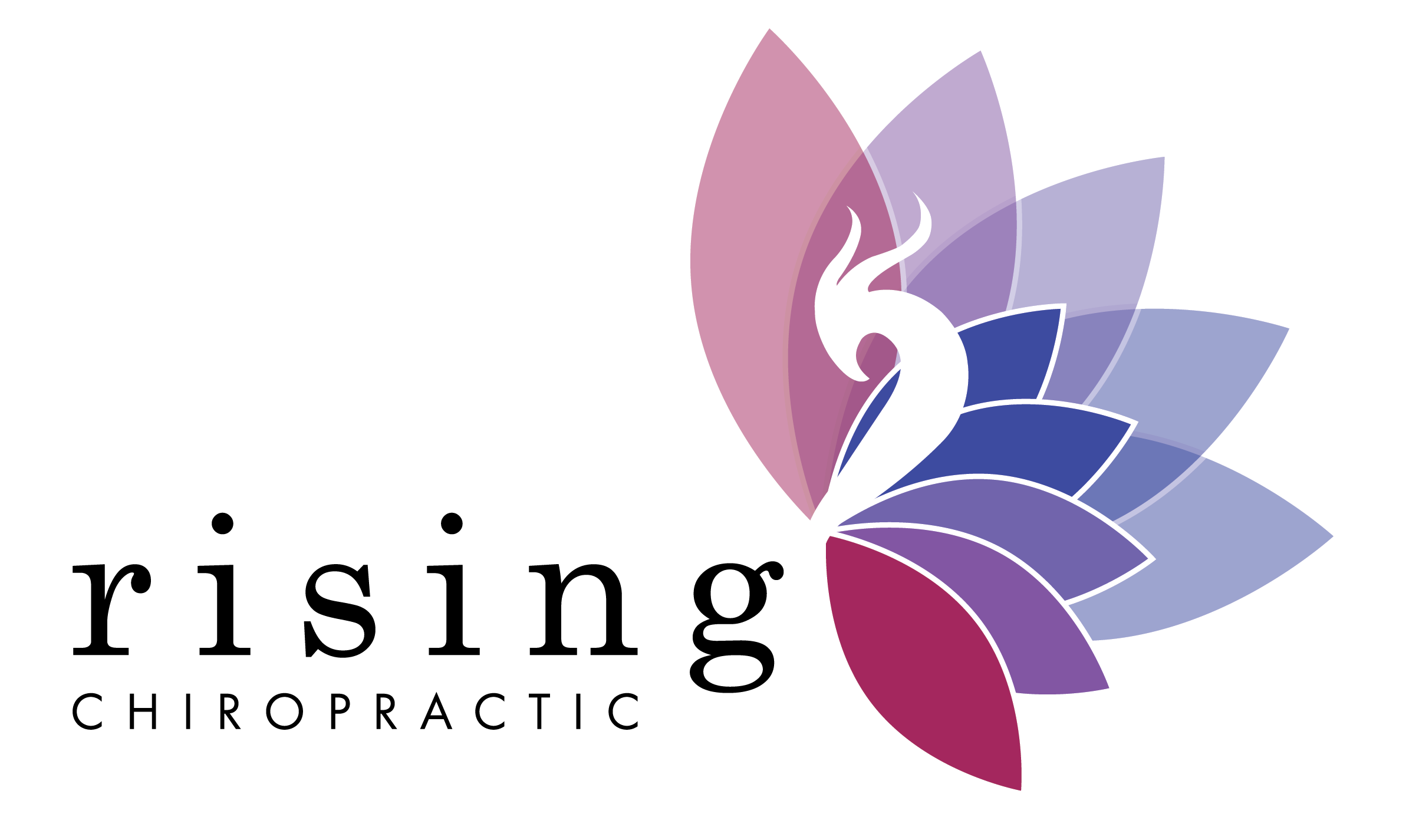Designed & Boosted by My Social State
RETRACING: THE ROAD TO TRUE HEALING
“As it took time for the condition to change from health to a maximum degree of abnormality…
it takes time to retrace back to health.”
~Dr. B. J. Palmer~
According to the Oxford Dictionary, retracing involves going back over the same route one has just taken, or to trace something back to its source or beginning. In the context of health and healing, retracing involves re-experiencing or reawakening old symptoms, with the intent of more complete healing.
This experience is part of the normal healing process and, thus, it is good for you. However, without context or a complete understanding of what you are going through, this process can cause unnecessary concern or distress.
Retracing Explained
While under Chiropractic Care, a patient can exhibit symptoms that have not been present for months—or even years. Existing symptoms can increase, or new or unfamiliar sensations can appear. A patient may be concerned that the condition is getting worse, but in reality, that patient is healing. He or she is retracing the several stages through which the disease, pain or health concern progressed in the making. Literally, he or she is tracing back to the beginning—when there was true health.
Retracing takes time. It is essential to the process. If a health concern has been in progress for many years—whether it is known or unknown to the person—one cannot reasonably expect to regain a normal state of function in a few days—maybe not even in a few months or years. Each person’s path is different, and thus the time it can take is unique to that individual—something that cannot be fully predicted ahead of time. But the disease or condition must be retraced to reach that point from where it started, namely health.
Time in recovery often does not correspond with the time it took for the disease or condition to develop. In general, we understand that acute conditions respond rapidly to care, while chronic conditions—as result of long-standing poor health—are slower in response. This includes all tissues, organs, and cells that might be involved. However, there are countless things that can affect the process.
What does this have to do with Chiropractic?
Life—and thus health—begins and ends with the nervous system. Dysfunction and disease develop as a result of any number of Traumas, Toxins, and Thoughts (stress)—all of which affect the function of the nervous system and the physiological processes it controls (everything in the body). The spine is the window to the nervous system, and, thus, it is the window to health. The health of the spine is the key to the health of the entire body.
The chiropractor is well-trained to detect the abnormal positions of the vertebrae in the spine, which cause interference in the communication between the brain and the body. The techniques used to return the vertebrae to their normal position remove the interference, restore nerve communication, and facilitate the retracing process.
Some may question why a chiropractor cannot return the vertebra immediately to its normal position and instantly restore the tissue, organ, or cell to its healthy state. It is an excellent question, worthy of some discussion. What actually happens when a specific adjustment is given is the vertebra returns toward its normal position. When this happens, the ligaments and muscles are given the opportunity to regain their normal tone—because some nerve communication has been restored. This permits them to hold the vertebra in a more ideal state.
However, the spine—and the body in general—is subject to strain and stress during everyday life. The Traumas, Toxins, and Thoughts that created the problem to begin with affect the process of retracing. Because of this, it is possible that the vertebra may recede toward its old abnormal position, thereby necessitating continued adjustment. This allows the tissues to rebuild in order for the vertebra to hold its ideal position. Tissues that have maintained an abnormal position and function for many years, due to gradually increasing pressure upon the nerve fibers, must be allowed the time necessary to progress back through—or retrace—the various stages in the production of the abnormality.
This all takes time, and patience becomes a cardinal virtue. Time and repetition are needed to allow the body to heal and repair itself. And it must do so in exactly the way it needs:
a) from interior to exterior;
b) from the most vital to the least vital organs; and
c) in reverse order from that in which symptoms appeared.
As a patient retraces, with proper context and understanding, they hold the knowledge that all is progressing as it should.
Without retracing, there is no true healing.
Why haven’t my past medical treatments fully healed me?
Retracing occurs with healing systems that permit the body to express itself as it detoxifies, releases old energies, and restores balance in the body. Retracing is uncommon in standard medical practice partly because of the tendency of medicine to suppress and mask symptoms. Thus, the drugs, injections, surgeries, and other outside-in approaches actually hinder the vital retracing process and keep you further from achieving true healing and true health.
It is essential for this period of retracing to occur to get to the end goal of restoring function and optimizing health. While the process of healing can be challenging, it is important to not allow any temporary discouragement to overshadow any progress made. Through commitment, focus, and patience, everyone can reach their optimal health.
Info@risingchiropracticevans.com
PHONE
(706) 524-8077
ADDRESS
625 Ponder Place Drive #2
Evans, GA 30809

HOURS
Monday:
9:00 AM - 11:00 AM
3:00 PM - 6:00 PM
Tuesday:
2:00 PM - 6:00 PM
Wednesday:
9:00 AM - 11:00 AM
3:00 PM - 6:00 PM
Thursday:
2:00 PM - 6:00 PM
Fri, Sat, Sun: CLOSED

